By Amanda Rose Newton
July’s birth flowers, larkspur and water lily, are celebrated for their beauty and symbolic meanings.
Each has a rich history and a special place in the world of flowers, making them perfect representations for the month of July. However, gardening in Florida’s unique climate poses challenges for these flowers.
Here, we explore their history and suggest some Florida-friendly and less invasive alternatives that can thrive in the Sunshine State.
The History of July’s Birth Flowers
Larkspur (Delphinium):
Larkspur, known for its tall, vibrant spikes of blue, pink, purple, and white flowers, symbolizes an open heart and strong bonds of love. The name “larkspur” comes from the flower’s resemblance to the claw of a lark. Historically, larkspur was believed to ward off scorpions and was used in traditional medicine. Its association with July stems from its blooming period in midsummer, making it a quintessential flower for the month.
Water Lily (Nymphaea):
The water lily, with its serene and pure blossoms floating gracefully on water, represents purity and enlightenment.
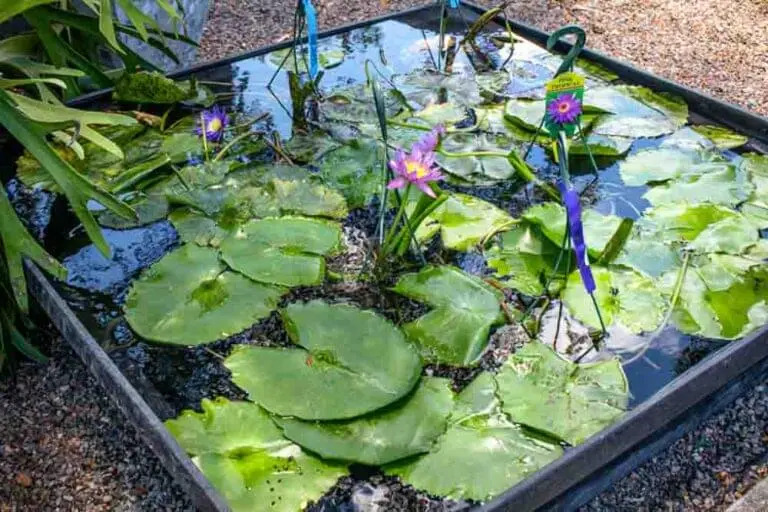
The ancient Egyptians revered the water lily, often using it in art and religious symbols. It blooms in July, offering a cool, refreshing sight in the heat of summer. This connection to water and its blooming season aligns perfectly with the characteristics of July.
Florida-Friendly Alternatives for Larkspur
Larkspur thrives in cooler climates, making it a challenging plant for Florida gardeners. Here are some alternatives that can handle Florida’s heat and humidity while offering similar beauty:
1. Salvia (Salvia spp.):
Description: Salvia, or sage, provides vibrant spikes of flowers in various colors, much like larkspur. It’s a favorite among pollinators and Floridians are lucky to have several native varieties.
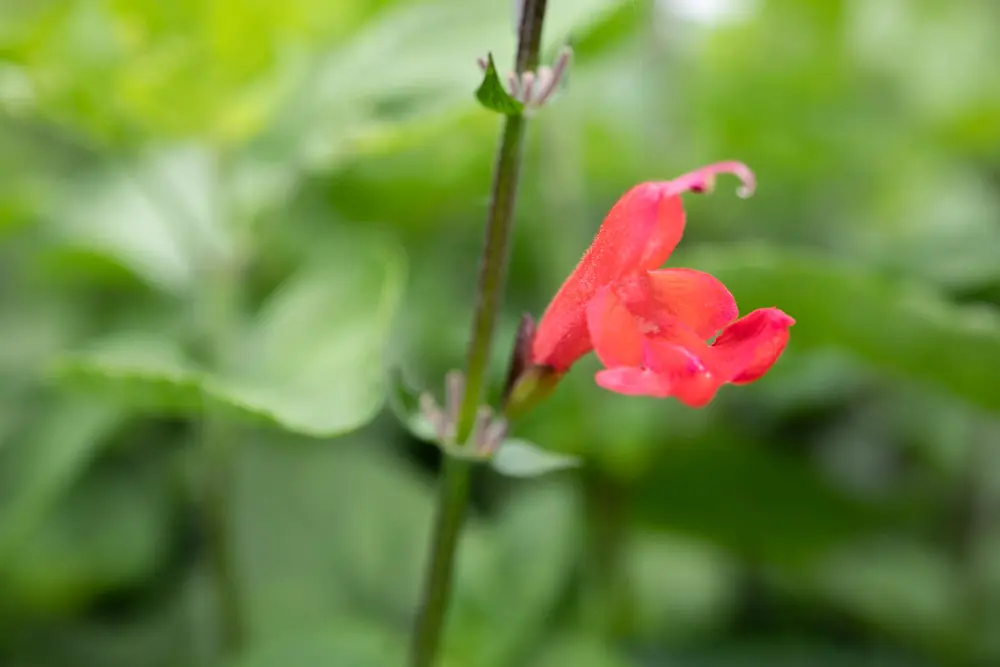
Growing Tips: Plant in well-drained soil with full sun to partial shade. Salvia is drought-tolerant and requires minimal maintenance, making it ideal for Florida gardens.
2. Liatris (Liatris spicata):
Description: Also known as blazing star or gayfeather, Liatris produces tall spikes of purple or white flowers. It’s an underutilized native plant that supports local wildlife. Plus, it’s so cool looking!
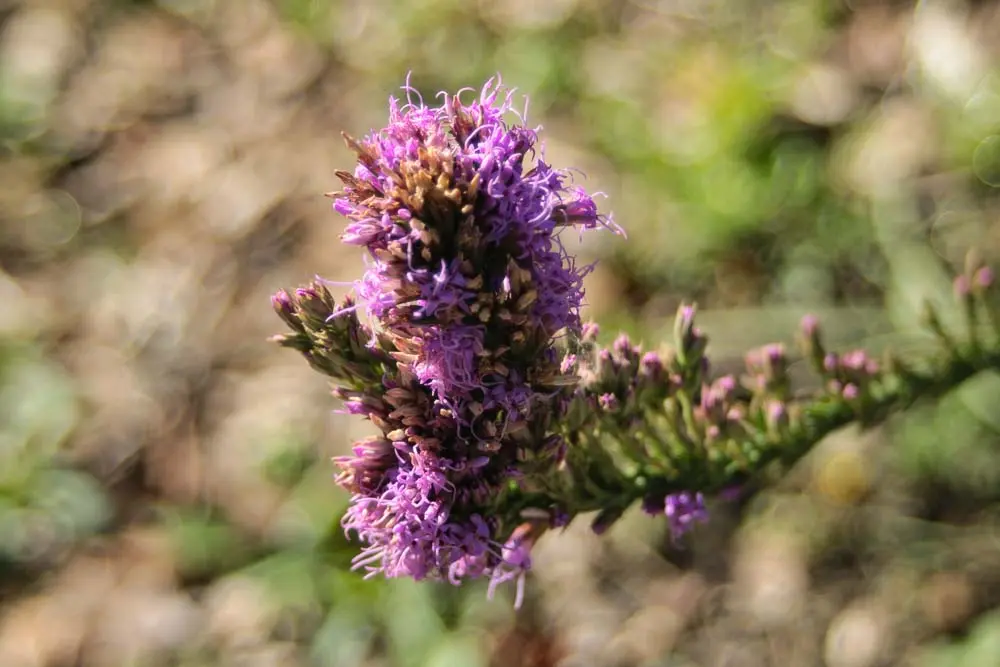
Growing Tips: Liatris prefers full sun and well-drained soil. It’s drought-tolerant and easy to grow, thriving in Florida’s conditions.
3. Pentas (Pentas lanceolata):
Description: Pentas, or Egyptian star cluster, blooms with star-shaped flowers in red, pink, white, and purple. It attracts butterflies and hummingbirds.
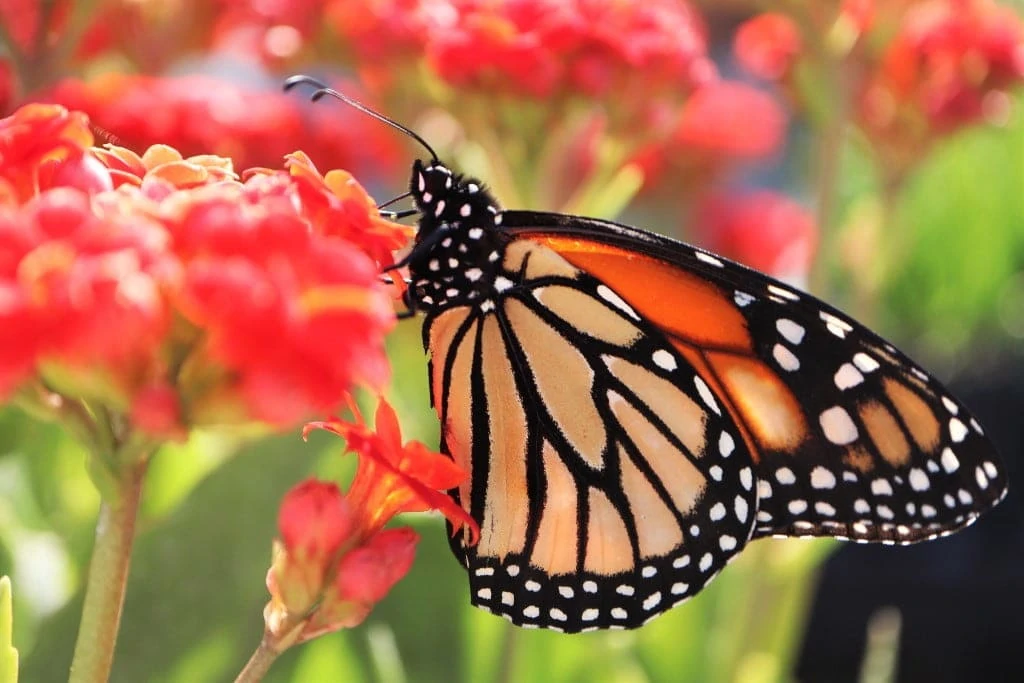
Growing Tips: Plant Pentas in well-drained soil with full sun to partial shade. They are heat-tolerant and thrive in Florida’s climate.
Less Invasive Alternatives for Water Lily
Water lilies are beautiful but can become invasive in Florida’s water bodies. Here are some less invasive alternatives that offer similar aesthetics without the ecological risks:
1. Pickerelweed (Pontederia cordata):
Description: Pickerelweed is a native aquatic plant with striking blue-purple flowers and heart-shaped leaves. It’s ideal for ponds and water gardens.

Growing Tips: Plant pickerelweed in shallow water or along the edges of ponds. It thrives in full sun to partial shade and supports local wildlife
2. Yellow Water Lily (Nuphar lutea):
Description: Yellow water lily, or spatterdock, is less aggressive than other water lilies and features bright yellow blooms. It’s native to North America.
Growing Tips: Plant in ponds or slow-moving water with full sun. Ensure it has enough space to grow without becoming invasive.
3. Bog Lily (Crinum americanum):
Description: Also known as swamp lily, this native plant has fragrant white flowers and thrives in wet, boggy conditions. It’s perfect for water gardens.
Growing Tips: Plant in moist, well-drained soil with full sun to partial shade. Bog lily is hardy and well-suited to Florida’s environment.
Tips for Successful Summertime Gardening in Florida
When selecting plants for your Florida garden, no matter the season, keep these tips in mind:
Choose Native Plants: Native plants are adapted to Florida’s climate and soil, requiring less water and maintenance. They also support local wildlife and ecosystems.
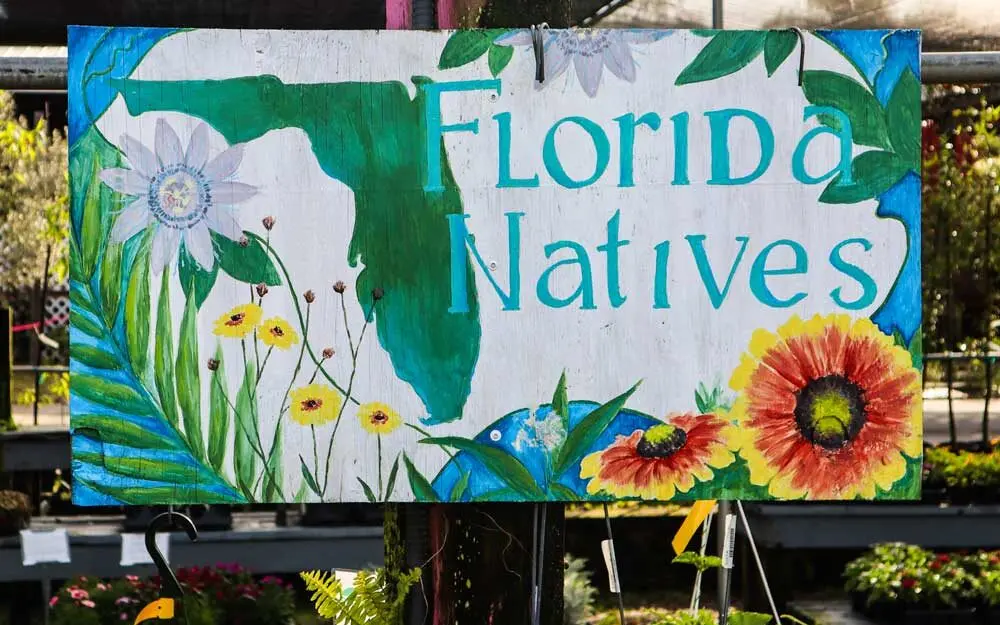
Consider Watering Needs: Opt for drought-tolerant plants to conserve water and ensure your garden remains lush even during dry spells.
Prepare the Soil: Amend sandy Florida soil with organic matter to improve its nutrient content and water retention. Using organic matter also reduces the need to fertilize, which is not an option during the rainy season.
By choosing Florida-friendly alternatives to larkspur and less invasive options to water lilies, you can enjoy the beauty of these July birth flowers while ensuring a sustainable and thriving garden. If you are interested in adding a water feature to your landscape, be sure to check out water gardens for inspiration and a variety of aquatic-thriving plant options.


